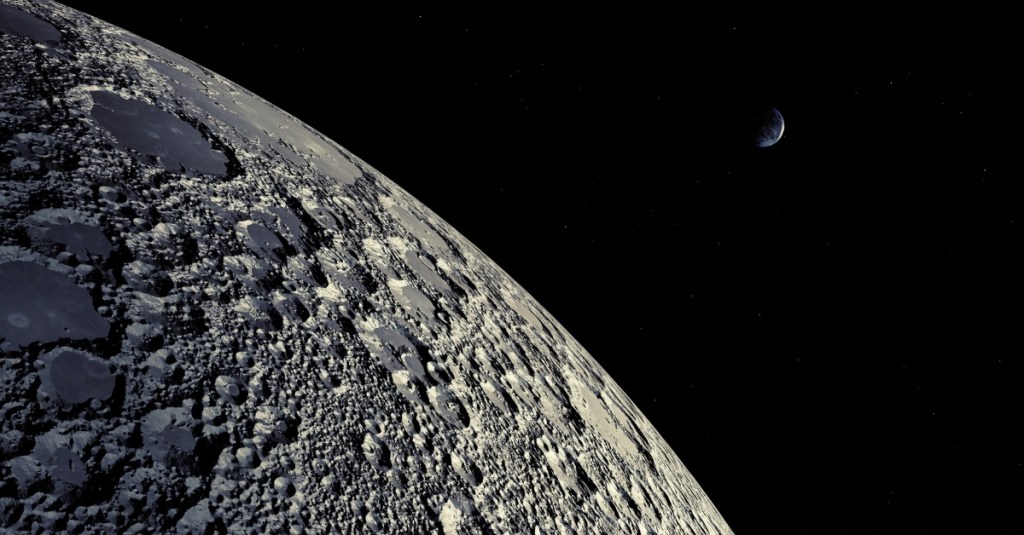The far side of the Moon has always felt a little untouchable. We never see it, barely understand it, and now scientists think it’s hiding something big. Deep within its largest crater, they’ve found new clues about how the Moon formed—and NASA’s next astronauts are heading straight for it.
The crater is called the South Pole-Aitken basin. It spans about 1,600 kilometers and was carved 4.3 billion years ago when a massive asteroid struck the young Moon. For years, scientists believed the object was hit from the south. Research from the University of Arizona, published in Nature, shows the impact came from the north instead. It’s a small detail that completely changes how scientists read the landscape.
“When a body hits at an angle, it doesn’t distribute material evenly,” said planetary geophysicist Jeffrey Andrews-Hanna, one of the study’s authors. “The downrange side is where debris from deep inside the Moon ends up.”

Astronauts Are Headed to the Moon’s Largest Crater After Detecting Something Weird
That direction matters. Artemis astronauts will land near the crater’s southern rim, exactly where that material is now buried. They could be walking over fragments of the Moon’s mantle, material no one has ever examined directly.
The new data could also help explain why the Moon looks so uneven. The side facing Earth is covered in dark volcanic plains, while the far side is thicker, colder, and scarred by ancient impacts. Scientists have long linked the difference to a group of radioactive elements known as KREEP—potassium, rare earth elements, and phosphorus—that once generated enough heat to drive volcanic activity.
Those elements are mostly trapped on the near side. The researchers believe the South Pole-Aitken impact cut across the border separating the two regions, exposing a deep section of crust where KREEP once pooled beneath the surface.
The basin still contains traces of thorium, another radioactive element that points to leftover magma from the Moon’s earliest days. When astronauts collect and return samples from the site, scientists will finally have a chance to study the material that shaped two very different hemispheres.
After billions of years, the Moon isn’t changing. We’re just finally getting close enough to understand the truth.
The post Something Weird Is Happening With the Moon’s Biggest Crater, and NASA Is Going To Check It Out appeared first on VICE.




